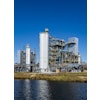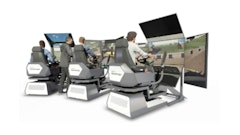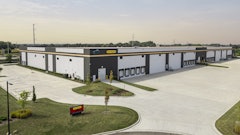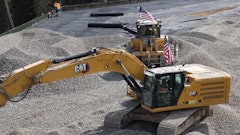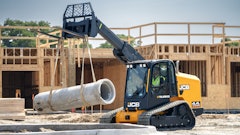Despite being dedicated to fund transportation projects, revenues from gas taxes and tolls pay for only about half of state and local spending on roads, according to the nonpartisan Tax Foundation. Alaska and South Dakota come last in transportation funding derived from gas taxes and tolls—10.5 percent and 21.5 percent, respectively—while Delaware and Hawaii rank the highest—78.6 percent and 77.3 percent, respectively.
State and local governments spent $153.0 billion on highway, road, and street expenses, but raised only $77.1 billion in user fees and user taxes ($12.7 billion in tolls and user fees, $41.2 billion in fuel taxes, and $23.2 billion in vehicle license taxes). The rest was funded by $30 billion in general state and local revenues and $46 billion in federal aid.
“The lion’s share of transportation funding should be coming from user taxes and fees, such as tolls, gasoline taxes, and other user-related charges,” said Tax Foundation Tax Foundation Vice President of State Projects Joseph Henchman. “When road funding comes from a mix of tolls and gasoline taxes, the people that use the roads bear a sizeable portion of the cost. By contrast, funding transportation out of general revenue makes roads “free,” and consequently, overused or congested—often the precise problem transportation spending programs are meant to solve.”
The story is much the same even when adding other transportation options to the mix. In 2011, state and local governments spent $58.7 billion on mass transit, $22.7 billion on air transportation facilities, $1.6 billion on parking facilities, and $5.2 billion in ports and water transportation, in turn raising $13.2 billion in mass transit fares, $18.8 billion in air transportation fees, $2.2 billion in parking fees and fines, and $4.2 billion in water transportation taxes and fees. Altogether, states raised about 48 percent of their transportation spending from user taxes, fees, and other charges.
Expanding tolls and indexing gasoline taxes for inflation may not be politically popular even though transportation facilities and services are highly popular. Given that transportation spending exists, states should aim to fund as much of it as possible from user fees and user taxes. Subsidizing road spending from general revenues creates pressure to increase income or sales taxes, which can be unfair to non-users and undermine economic growth for the state as a whole.


